Payment gateways in Slovakia and abroad: A comparison of the best options
14.8.2023Up to 20% of customers may abandon their shopping cart if they do not find their favourite payment method among the payment options. Incorrectly selected or missing payment gateways can cause mistrust and doubts among customers, which is why we interviewed Jarmila Popaďáková – Payment Specialist at Muziker – who disclosed to us which payment gateways you should focus on and what to watch out for if you’re planning to expand.
Jarmila sets up internal systems for Muziker to protect customers; she optimises payment gateways, is an expert in fraud protection (taking measures to protect against online fraud), concludes contracts and negotiates the best possible terms for individual payment gateways.
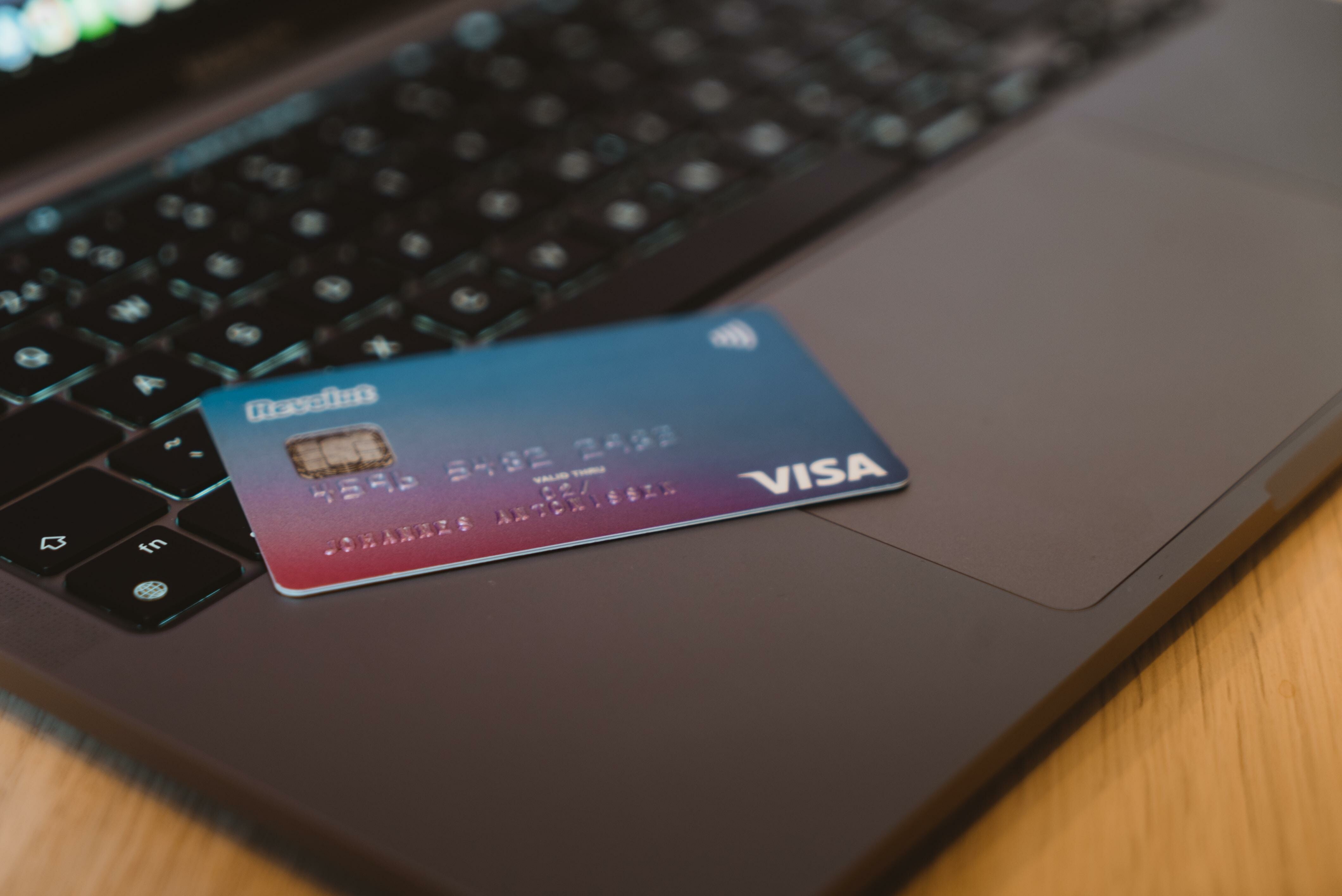
When should you consider multiple payment methods?
Every e-shop that is growing and beginning to focus more and more on customers’ needs should start thinking about payment gateways.
Among the basic payment methods are:
- Payment cards: This method includes the use of credit or debit cards, with customers providing their card information (card number, expiration date, CVV) to complete the transaction. Payment gateways and processors provide authorisation and the transfer of funds.
- Digital wallets: These are online platforms that store payment card information and allow customers to make purchases without re-entering card details. Examples include PayPal, Google Pay, Apple Pay and Amazon Pay.
- Bank transfers: Customers can transfer funds directly from their bank accounts to the seller’s account using online banking.
- Cryptocurrencies: Some e-shops accept cryptocurrencies, such as Bitcoin, Ethereum or Litecoin, as a payment method. These transactions are based on blockchain technology.
- Prepaid cards or gift cards: Customers can use prepaid cards or gift cards issued by specific sellers to shop at their e-shops. These cards come charged with a predetermined sum of money.
- Cash on delivery: This method allows customers to pay for their orders in cash upon delivery by a courier. This method is commonly used in some regions or for specific types of products.
If an e-shop wants to expand, card payment is the minimum starting point that leads to the improvement of its services.

Benefits of payment gateways
Bank buttons, bank wallets, simplifying the whole payment process and avoiding the customer leaving the cart. The reasons it is worthwhile to introduce payment gateways to the e-shop are directly linked to growth in the number of orders.
“At the beginning, we only had bank transfers and card payments at Muziker in Greece and Spain. As soon as we language-localised the e-shop and added multiple payment gateways, sales in Spain rose by 200% and in Greece by up to 350%.”
German customers love PayPal – up to 85% of Germans use it. If you include it in your payment methods when expanding to Germany, you’ll acquire up to 30% of new German customers.
Among the other benefits are:
- speed of order processing – since bank transfers can take several days;
- immediate confirmation of payment – the customer obtains a particular kind of certainty;
- warehouse turnover – goods do not remain idle in stock;
- order completion success – if the e-shop only offers a bank transfer, customers often forget to pay for the goods.
Security of payment gateways
Before reaching for any of the available payment gateways, explore:
- What experience do other e-shops have with them?
- What percentage of chargebacks occur in them?
- Does the payment gateway offer fraud protection?
- What information does the payment gateway provide – what are its advantages/disadvantages, how many different payment methods do they offer?
The most important thing is to examine the vulnerability of the payment gateway. A high-quality gateway should not only protect customers, but also the system.
Some gateways show where the customer’s card came from, and if the payment does not go through, they record in the system whether the customer passed the verification.
"At Muziker, we once noticed a larger number of orders being added to the English e-shop which were paid with Australian cards. After a more thorough investigation of the transactions, we found out that they were frauds. Based on our experience, along with the payment gateway, we set rules that prevent such fraud by stopping orders in advance, thus preventing unwanted receivables."
Many payment gateways make a protection function available that verifies the origin of the cards from which the payment comes.
“If payments are not from Europe, or if the amount paid is higher, the transactions are sent for manual control. These are only units of daily transactions, however, which we at Muziker will process taking into account the context of the entire order.
Simplified examples:
- An order placed on an Italian e-shop: A customer ordered three laptops worth €2,500; the card comes from Uruguay, and we see that several unsuccessful attempts to pay have been made. The customer’s email is blablabla123@gmail.com. With the greatest probability, it can be said that this is a fraud.
- An order placed on an Italian e-shop: A customer ordered a golf set for €2,500, and the card comes from Brazil; one successful payment attempt was made. This is probably a real order where a customer from Brazil is likely travelling to Italy on vacation.”
Payment gateways with the best fraud protection:
How do payment gateways work?
The transaction process is a complex system made up of several steps. So that the bank does not have to be in contact with the e-shop, the e-shop needs a connection with the bank; however, it is not user-friendly. Payment gateways therefore function as a bridge.

After authorisation of the purchase (1), the merchant sends the customer’s payment information to the payment gateway (2). The payment gateway provider provides the merchant with tools for the secure transmission of payment data.
- The payment gateway then sends the merchant’s transaction to the merchant’s bank (3) or “acquirer” for processing.
- The merchant’s bank then submits the transaction to the relevant card network (4) (Visa, MasterCard, Amex or Discover). The main task of the card network is to redirect the transaction to the bank that issued the credit or debit card presented by the buyer (5) – the Issuing bank.
- The issuing bank assesses the request. When assessing, the bank takes several facts into account, including whether the buyer has sufficient funds and whether the transaction appears valid (not fraudulent).
- The issuing bank returns a response (approve or reject) to the card network (6), which then forwards the message back through the acquirer (7) and the payment gateway (8).
- The payment gateway finally submits the result to the merchant (9). Depending on the result, the merchant can either direct the customer to a confirmation page or ask for another form of payment (10). The whole process takes just a few seconds.
PCI DSS: International Security Regulations
The aim of the Payment Card Industry Data Security Standards (PCI DSS) is to ensure the protection of cardholder data and to minimise the risks linked with theft, misuse or unauthorised access to this data. These standards are binding for merchants, payment service providers and all other organisations that handle payment cards.

This is a standard that defines how it is necessary to handle and store payment card data. It consists of several points that must be observed:
- Have a secure network (firewall configuration)
- Encryption of user data
- Network monitoring and testing
“Every year payment gateways send documents where we, as an e-shop, agree to their terms. This is a basic matter, nothing unusual, every e-shop must do it.”
Since payment gateways are third parties, the e-shop must consent with offering customer data to these gateways. All data, however, is encrypted via tokens and the gateways do not store this customer information.
How should you choose a payment gateway?
The choice of a payment gateway depends especially on the e-shop size and the country where it is located. The option of integrating all payment methods is also an advantage.
Payment gateways through the eyes of Czechs and Slovaks
The most ideal payment gateways for e-shops operating in Slovakia and the Czech Republic are TrustPay and GoPay – a Czech payment portal.
“The customer support of payment gateways in Slovakia and Czech Republic take a professional but friendly approach. They also offer foreign payments. Even though Slovaks do not usually attach importance to individual payment gateways, they have become accustomed to TrustPay and GoPay. Buttons with authorisation in them evoke trustworthiness and security.”
Furthermore, if an e-shop prefers the Slovak payment gateway over foreign ones, communication with the given gateway will be faster and of higher quality.
Western EU countries vs payment gateways
Customers from more Western countries prefer to use ApplePay and GooglePay wallets. This represents up to 20% of total purchases.
In America, for example, Generation Z is starting to use wallets instead of PayPal.
The most popular payment methods across European countries
The numbers are indicative and are based on Muziker e-shop data.
Card payment:
- SK and CZ: 40%
- HU: 40%
- FR: 30%
- DE: 15%
- NL: 15%
- PL: 15%
Cash on delivery:
- This is mainly used by the older generation
- SK, CZ : 20-25%
- BG: 50 %
- RO: 45 %
- PL: 20 %
- Western EU countries: they do not use it; they are used to online payments; it is more expensive
In the Netherlands, up to 57% of customers use iDeal. This is a payment method in which customers don’t have to enter an IBAN or a card number.
In Poland, BLIK is popular and is used by up to 40% of customers. Payment here goes through a simple confirmation code.
PayPal is dominant in both Germany and Austria. It is used by up to 80% of customers.
BNPL: The future in instalment payments
The Buy Now Pay Later method is especially widespread in Baltic countries, but it came from the West. If someone needs something but currently doesn’t have the financial means for it (he is waiting for a payment), he can use it.
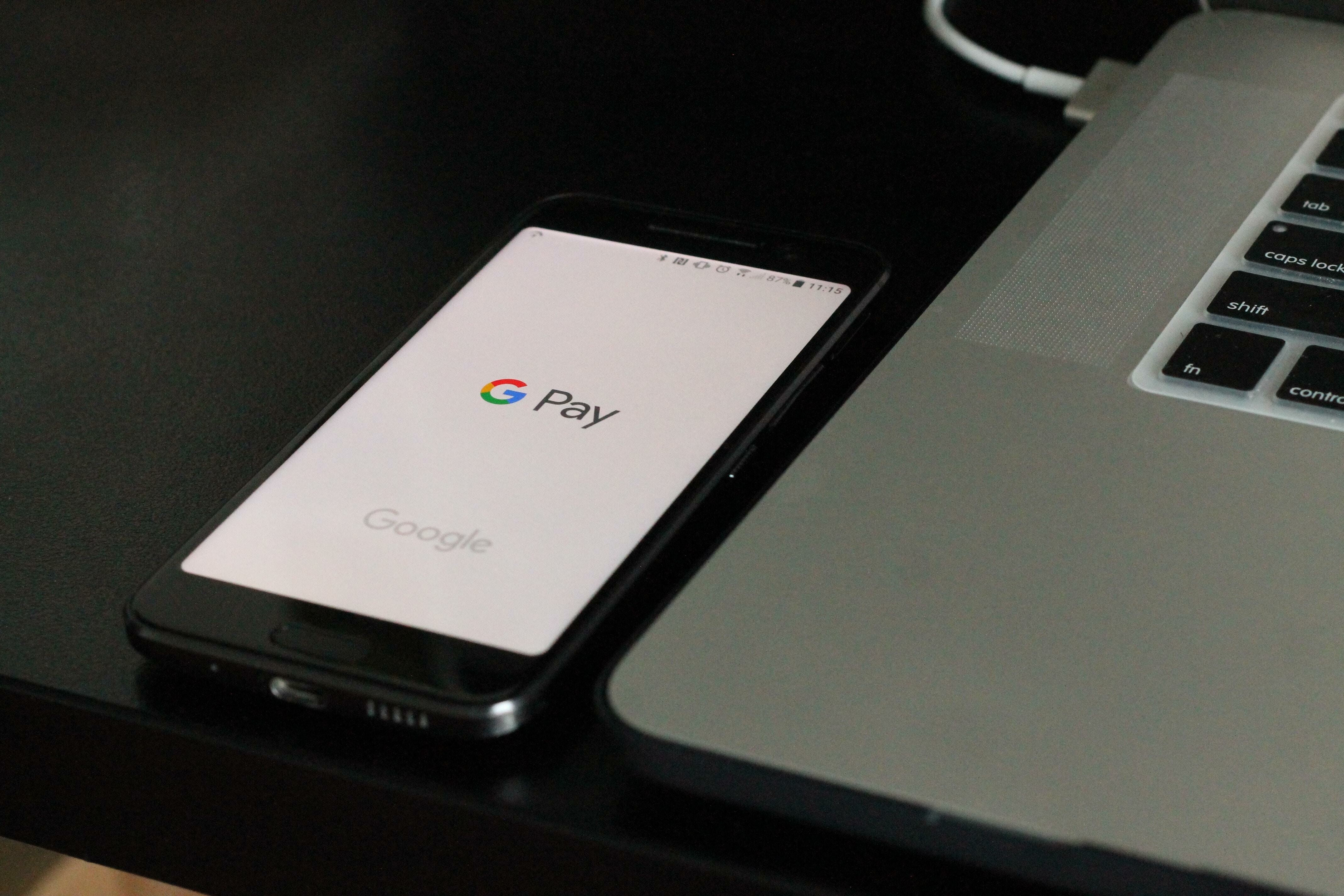
Here, customers divide their payments into thirds or halves or decide to pay it in full after the delivery of the goods (mostly after 30 days from ordering). The method is similar to our instalment companies, but the verification is very rapid (within a few seconds) and there is no need to enter bank details or an ID card.
The most well-known BNPL payment method in Western countries is Klarna. When paying, you simply have to enter the address, data, confirm that you are a citizen of the given country (for example, Germany) and you can buy from the given e-shop.
This is an interesting solution that is used by many companies to alleviate problems caused by high inflation, war or pandemic, since some e-shops have trouble staying healthy.
In Sweden and Denmark, this method is very popular; what’s more, it is helpful in reducing cash on delivery prices. If the customer returns the goods, he/she doesn’t have to pay anything. Its introduction is particularly suitable for e-shops that sell clothing.
The e-shop obtains information via API calling that the payment gateway has approved the customer’s transaction and can ship the order at that moment. The e-shop gets the money for the order typically on the next payout (2–5 days).
The customer then has 30 days (or a split payment into thirds) to make the payment to the BNPL company (Klarna, Twisto, AfterPay or PayPal, which offers its clients the option of splitting a payment or late payment – but only in some countries for now).
- The most popular Czech BNPL payment method is Twisto. The customer doesn’t need to verify anything and divides the payment into thirds, for example. Czech customers are responsible and pay on time. So long as these conditions are met, this payment option works without additional fees.
- In Poland, the PayPo method is gaining supporters of BNPL and is quickly spreading to a number of Polish e-shops.
Instant bank transfers as a new item
E-shops usually rely on classic bank transfers at the start. However, a bank transfer in which customers wait up to 3 days for the transfer (for example in Romania), is no longer attractive for customers. They want their ordered goods immediately – ideally within 24 hours.
Instant interbank payments are a revolution in payments and should become the standard in the future.
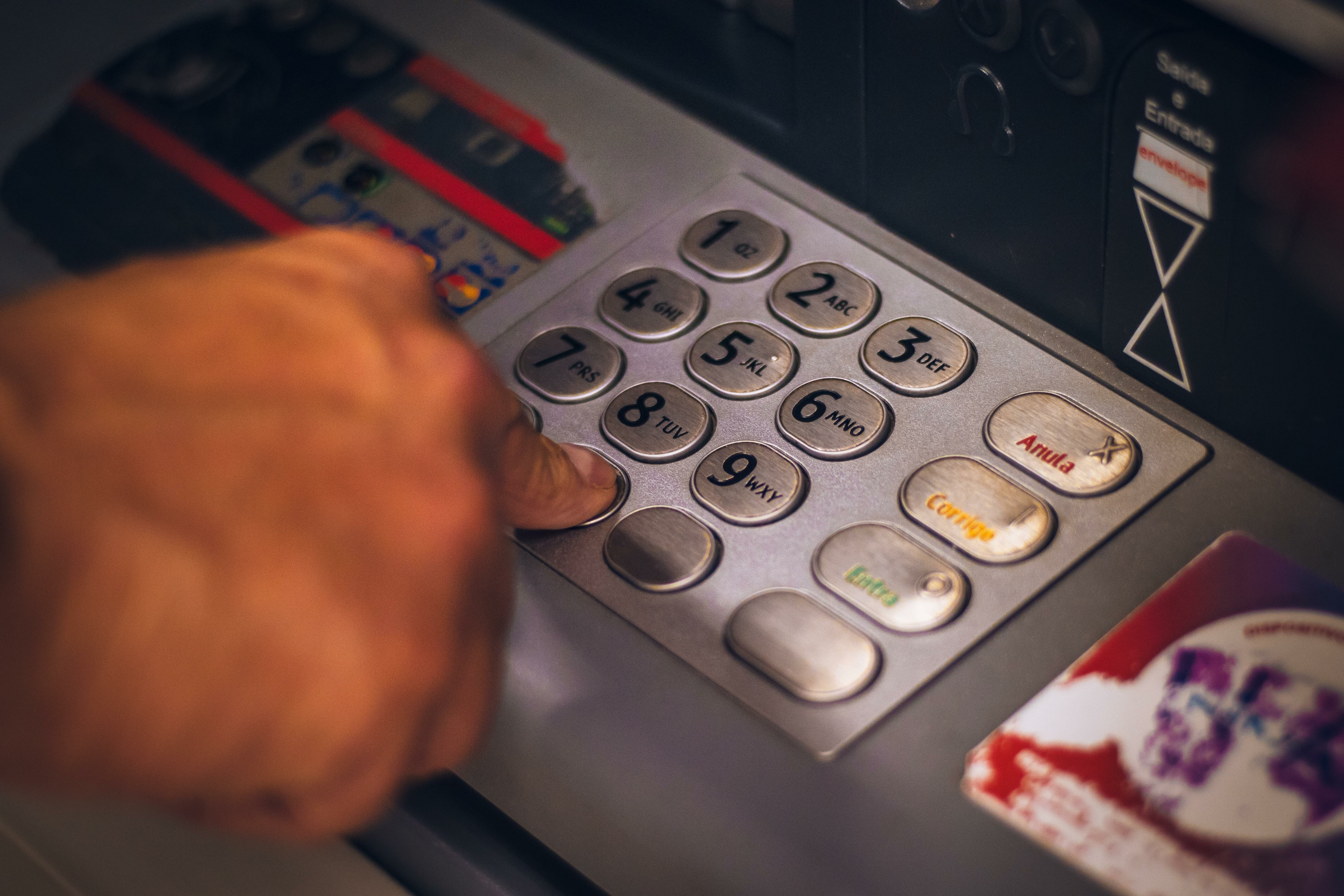
Instant interbank payments, also known as instant payments, are bringing in a new era of rapid and convenient sending of funds.
- Clients can make payments 24 hours a day, 7 days a week, 365 days a year.
- The amount sent is credited to the recipient within a few seconds. The rapid processing enables businesses to improve cash flow and have immediate access to funds. This is particularly advantageous if you focus on online sales and want to offer fast and efficient payment options.
- Instant payments are not limited to within Slovakia only. Currently more than 35 countries in Europe support them.
- Such payments are secured. They utilise modern technologies and encryption, which reduces the risk of misuse while ensuring the safety of financial flows. This contributes to the trust of your customers and the protection of their personal data.
- Fees for instant bank transfers are much lower than fees for card transactions. Businesses thus obtain payments quickly and efficiently, while minimising costs.
With instant payments, you’ll improve cash flow, facilitate commercial transactions and strengthen customer trust.
Prices for payment gateways
The fee for activating a payment gateway is a one-time payment. The larger the e-shop, the more advantageous the fees for individual transactions.
Individual payment gateways offer either the IC++ or a fixed fee model. When communicating with the payment gateway, it is typically possible to agree on which pricing model you want to use.
If the merchant communicates with the payment gateway, he or she can ask whether it is possible to introduce the IC++ model when they only offer fixed fees and vice versa. Accommodating a client (merchant) is in the interest of the payment gateway.
“If you are starting a new e-shop, you’ll want to contact several payment gateways, describe to them what goods you offer, what your turnover is and the average price of an order. What price can they provide if you need fraud protection from abroad? Determine what their success rate and payment completion rate is.”
The payment gateway always asks about your turnover, the number of orders for a certain period, the average value of the transaction and other identifiers, on the basis of which they calculate a customised price offer for you.
IC++ vs. a fixed fee model
IC++ (Interchange ++, or MIF ++ or IF++) and fixed fees are two different pricing models used in payment processing.
IC++ is a pricing model in which the merchant is billed an interchange fee (which is set by card associations, such as Visa and Mastercard, for example) plus a mark-up fee from the payment gateway. The interchange fee changes depending on the type of card used and the transaction amount, while the markup fee is usually a fixed percentage of the transaction amount. This pricing model is usually more transparent, because the merchant can see exactly how much they are paying for each transaction.
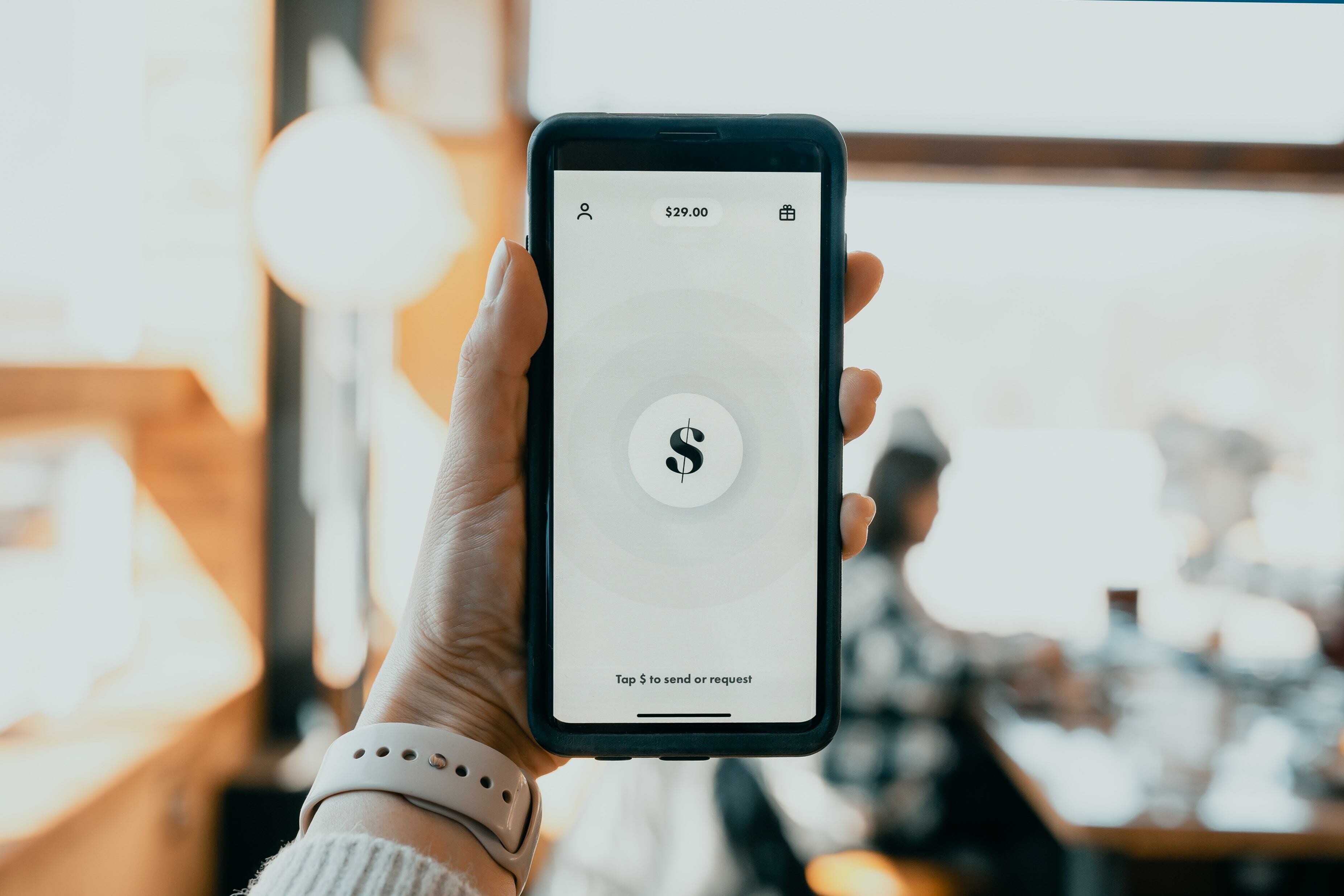
Mixed fees represent a pricing model in which the processor of the payment charges one rate for all transactions, regardless of the type of card used or the amount of the transaction. This pricing model is typically simpler to understand and easier to implement, but may not always be the most beneficial for merchants, particularly if they process many transactions with higher Interchange fees.
In general, however, it can be stated that IC++ provides more transparency and flexibility, while mixed fees provide simplicity and ease of use.
Payment gateways and their fees:
- Adyen: IC++ model – the fees are variable. In Europe they are around 0.3 – 0.5% (markup) + card company fees (https://www.adyen.com/pricing)
- Stripe: fixed model – 1.5% + €0.25 for EU cards; 2.5% + €0.25 for UK cards (https://stripe.com/en-sk/pricing#pricing-details)
- GoPay: fixed model – 1.7% with small turnover; 0.9% – 1.7% with higher turnover; turnover over €2000 – customised price https://www.gopay.com/sk/cena/
- TrustPay: fixed model – 0.99% + €0.20 for EU cards; 3.09% + €0.20 for cards outside of Europe https://www.trustpay.sk/cennik/
From the first communication with the payment gateway, support, or an account, is assigned to a merchant, with which you negotiate prices and terms, as well as technical support that communicates with the merchant’s developers on integrating the gateway.
Once the payment gateway is installed on your e-shop, you’ll be assigned an account. If any problems occur, you can contact the gateway directly.
How should you approach the resolution of disputes with customers through payment gateways?
Chargeback fees – the returning of payments – are a natural matter. If the payment was made via PayPal, the customer can open a payment claim.
PayPal Case is a feature provided by PayPal that enables users to resolve issues and disputes related to transactions and payments. If something uncommon or problematic occurs with an order in an e-shop, the customer can open a “case” in his PayPal account and submit information about the problem. Examples of these issues may include non-delivery of goods, unauthorised transactions, incorrectly billed payments or other issues related to the payment process.
As an e-shop you can defend yourself; in the PayPal system you can communicate and provide customer support. If the result is in favour of the e-shop, the customer closes the PayPal Case and the situation is resolved. In the opposite case, a fee of €15 – 20 is charged to the e-shop.
If, however, you are preparing to expand to Austria or Germany, PayPal is a necessity that you must have installed in your e-shop. This payment gateway prides itself on being able to resolve problems quickly and seamlessly with a delivered order in favour of the customer. And for this reason, it is important to think about customer support that will solve such problems when implementing PayPal.
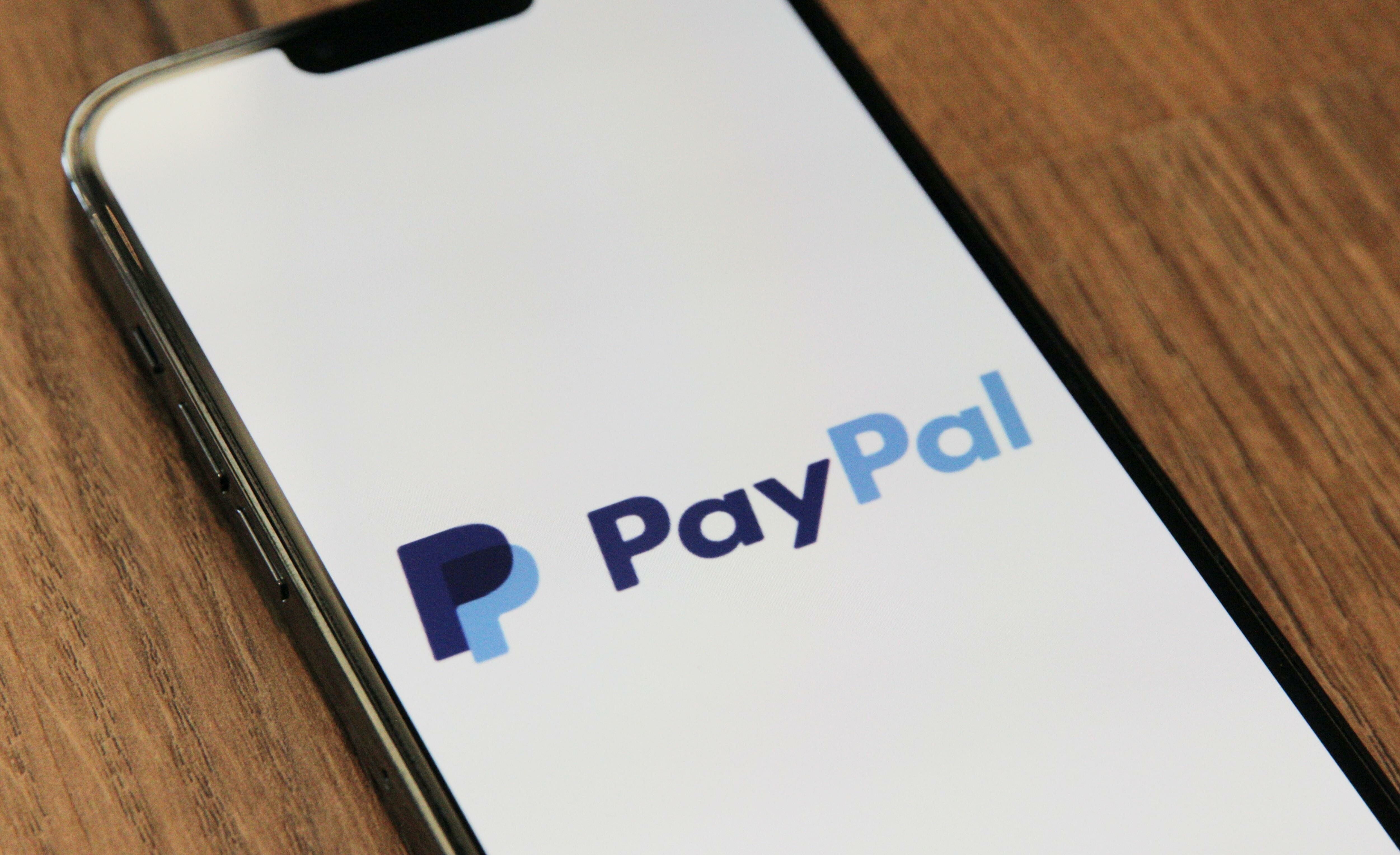
Adyen Chargeback is similar to a PayPal Case, when the credit card holder requests a refund from their bank for a transaction they believe was unauthorised or illegal. The chargeback is a protection mechanism for consumers that enables the cancellation of a payment and a refund if there are reasons for a complaint.
In the case of an Adyen Chargeback, the merchant may receive a notification on the chargeback request from Adyen due to a dispute with the buyer, unauthorised use of a credit card or some other problem. The merchant can then argue in favour of the payment in order to keep the payment. Adyen plays the role of an intermediary between the merchant and the bank, since it ensures the processing of the payment and management of the chargeback process.
Payments in different currencies
The FX rate, also known as the exchange rate, is the value at which one currency can be exchanged for another. With payment through a payment gateway, particularly for international transactions, the FX rate determines the conversion of your local currency to the currency used by the e-shop.
How do you get a payment gateway?
As the owner of e-shop who wants to cooperate with a new payment gateway, you may have come across a request to fill out a KYC document. A KYC document is a standard procedure implemented by financial institutions and payment gateways to verify the identity and legitimacy of their customers.
The payment gateway requires this information in the context of your cooperation to ensure compliance with regulatory requirements and to reduce the risks associated with fraudulent activities, money laundering and identity theft.
Providing the necessary KYC documentation demonstrates your e-shop’s commitment to operating within legal boundaries and creates trust between your business and the payment gateway, facilitating a secure and transparent financial partnership.
The e-shop verifies and confirms:
- what system it is built on,
- who are the shareholders and responsible persons,
- information about the end user of the benefit,
- verification of the national identity card,
- a statement from the tax office,
- biometric data.
The e-shop must also satisfy other conditions, such as stating the payment conditions even for complaints and general information about the e-shop.
Connecting the payment gateway with the accounting system
Each payment gateway can be connected to the accounting system via API, even though this is more laborious at the beginning. The workflow is several times faster, however.
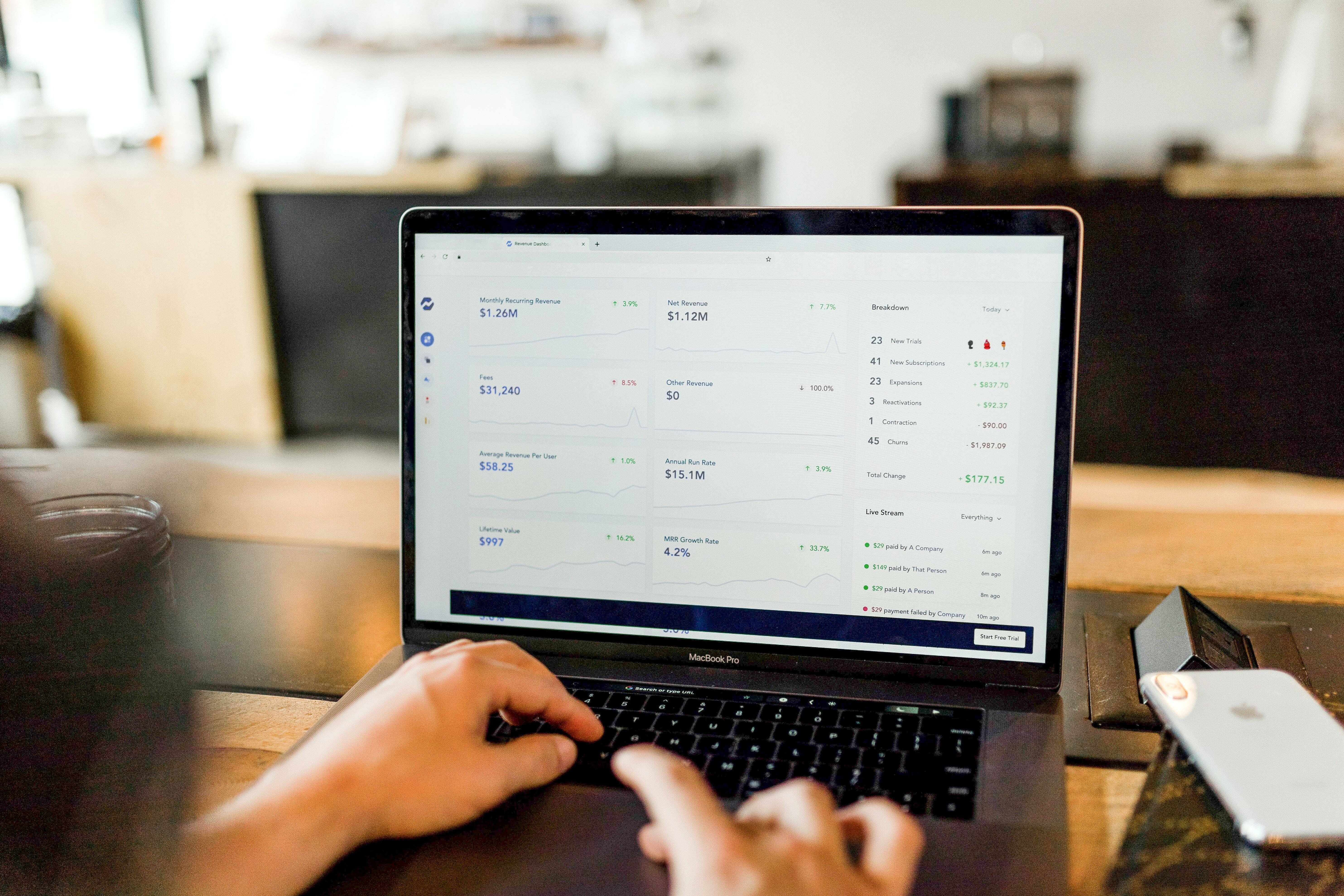
Risks with payment gateways
If the payment gateways have a properly connected payment system, it can happen that some payments from abroad (Asia or Australia) are thrown to the manual control of the e-shop. In such cases, it is important to set up protection, terms and requirements with the given payment gateway.
It is also important to be careful when withdrawing money from payment gateways. Payment gateways do not send money to an e-shop from individual payments every day, but rather in packages after a few days. Even if the system shows that the payment has gone through, the payment, according to the agreement, will be credited to the e-shop account only a few days later. It’s necessary to consider this particularly when dealing with cash flow.
Outages of payment gateways are another issue. Payment gateways typically send an email saying that they will have a change or an outage on public holidays. In such cases customer support will not be available, but payments will work normally. If an outage occurs, the payment gateway will usually inform clients about it. Thus, an e-shop can quickly and easily check where the outage occurred, which customers did not receive payment or which cancelled their order.
Are you troubled by cart abandonment?
Are you expanding but are now starting to have problems with customers abandoning their carts? Have you thought about offering them their preferred payment method? Contact us; we’ll look at your e-commerce and assess what is causing the massive outflow of potential customers.